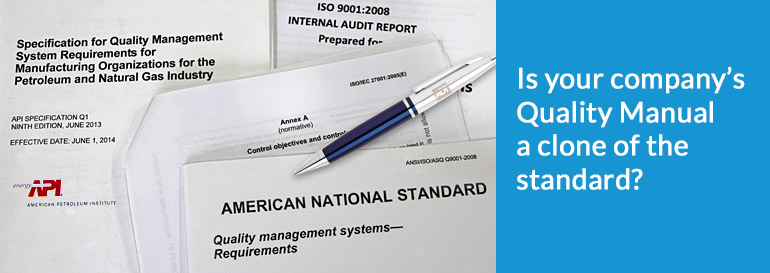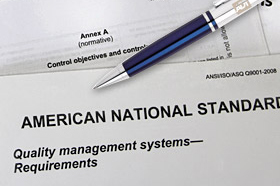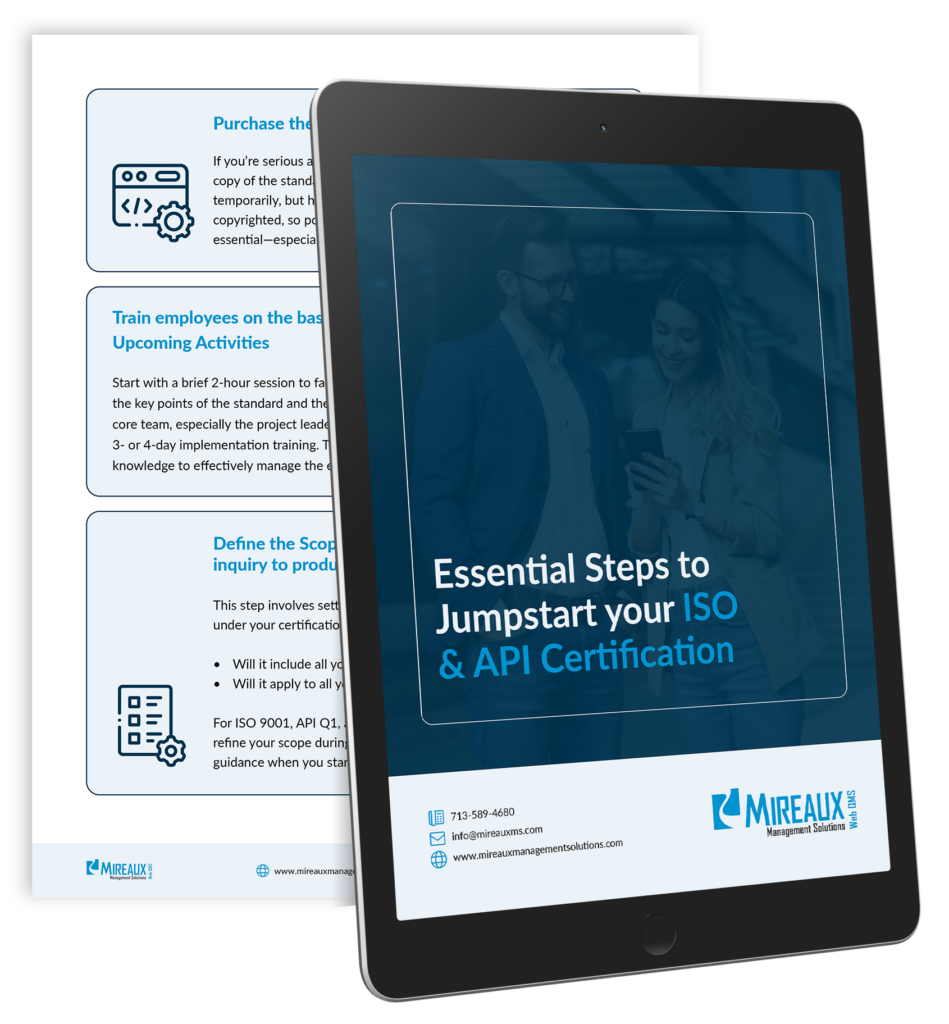[vc_row css=”.vc_custom_1544126541539{padding-bottom: 0px !important;}”]
Is a Quality Manual that simply regurgitates the standard useful for continual improvement?
Quality Manual Series: Part 1 of 3
Have you ever seen a Quality Manual that did not look exactly like the ISO standard? Not lately, probably. Nowadays, most Quality Manuals I see look like a mirror image of the ISO or API standard. I often wonder, what value is there in a document that paraphrases the ISO standard or API specification without telling me anything that I don’t already know? Furthermore, certain auditors find a way to tell us that the Quality Manual must be an exact regurgitation of the standard or else we risk having a nonconformity for missing the word “input” in front of “design and development” – even when we refer to “inputs” as “feedback” within our company. Can you relate to this?

Do I hear an echo, echo?
Frankly speaking, I feel queasy every time I see a Quality Manual that is a direct regurgitation of the standard. What was meant to be a valuable document that could tell me a lot about a company, has transformed into a zero-value added document that tells me nothing about the company culture except that they can play a good game of replicating the standard. Well, if you write it the way we suggest, at least you will get some value, even though we too have given in to the demands of this new wave of narrow-minded auditors. What makes this even more tragic is that the standard itself tell us exactly what the Quality Manual should consist of…but nowhere in the standard does it say that the manual should repeat – word-for-word, bullet-for-bullet, item-by-item – the words of the standard. So how did well-meaning companies get to this point?
What the standard requires
The ISO 9001 standard makes it very clear that it requires only 3 things within a Quality Manual:
- Scope of quality management system, including details of justification for any exclusions
- The documented procedures established for the quality management system, or a reference to them
- A description of the interaction between the processes of the quality management system
The API Specification Q1 requires the following 4 things from a Quality Manual:
- Scope of quality management system, including justification for any exclusions to specific quality management system elements
- A description of the sequence and interaction between the processes of the quality management system
- Identification of processes that require validation
- Reference to documented procedures that control the quality management system processes
The API Specification Q2 also requires 4 items, but varies from API Specification Q1:
- Scope of quality management system
- Description of the interaction between the processes of the quality management system, including the reference to documented procedures
- Allowable exclusions and the basis for claiming those exclusions
- Identification of legal and other applicable requirements to which the organization claims compliance
As you can see, they all pretty much ask for the same things. So, I ask myself, by what stretch of the imagination did we convert those 3 or 4 requirements of a Quality Manual into the need to replicate the standard in its entirety? And more so, when was it decided that it has to be audited with the assumption that it should say word-for-word what the standard says?
Continue on to Quality Manual, Part 2: How did the Quality Manual came to be a mirror of the standard?

This article was published by Quality Digest on 04/03/2014.


